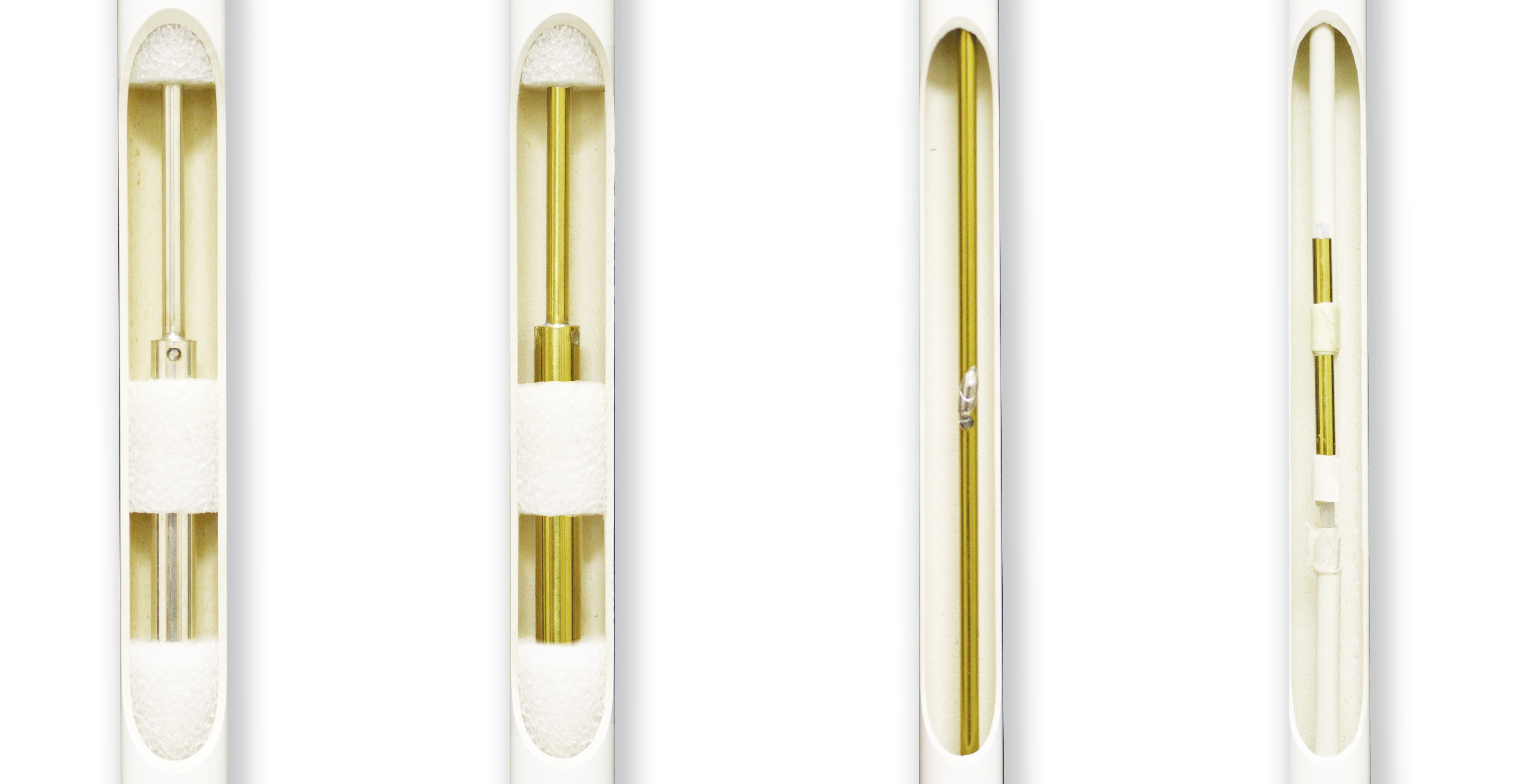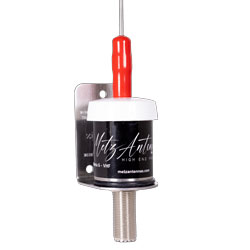The critical factor in marine communications is not the equipment type or power, it's antenna height. Marine range is distance limited by the horizon. The most often used, and of course simplified maths is that you multiply the square root of the antenna’s height above water (in feet) by 1.42 which gives you the range in miles to the horizon. Then, the other station uses the same calculation and that is the maximum effective range.
So in your boat you have an antenna - on the boat, or in your hand and it's 5 ft above the water. That gives you 3 miles (3.175). Increasing the output power has virtually no effect. It does of course help you get through free space absorbing objects - so it does play a part. Marine band at sea has minimal obstruction, so 5W or 25W makes very little difference - you either have a path or you don't. The coastguard might have an antenna at 30ft above the water, which still gives them less than 10 miles to the horizon. So - with horizon grazing, your practical maximum distance is from you near the water, height wise to their 30ft antenna at 13 miles or so. Your extra power will compensate for the signal drop off at the horizon and give you a small amount of extra range before it nose dives - but it is a small difference. At sea, reflections and multi-path propagation are less, leaving you with a single path, terminated by the horizon. The biggest assistance to range is making sure the antenna take off angle is in the right direction. The vessels fitted with those rakish longer antennas get up on the plane making the angle even worse - the higher gain of the antenna has to be balanced against the poor take-off angle, which of course means the practical effective gain in use is pretty much the same as a slower vessel with a low gain antenna. Portables of course do have lower efficiency compressed helical, and yet in practice the horizon is still line of sight, until it isn't.
The biggest safety issue with hand-held is battery operation, so a vessel mounted and powered marine radio is still the best choice for safety, but not much use if you go overboard. Arguments exist for users who have to balance vessel mounted vs personal radios. I think, on balance, a personal radio that is water safe is the best option for preservation of life. Range is seldom the issue people believe when even high antennas have a quite short maximum range. My office in a port with three different antenna types struggles to hear the vessels I can see on the Shipfinder type systems. Ten miles is pretty much the imaginary line for reception for me. One of my customers returned a plotter/transponder that didn't work. I checked on ship finder and other services and his vessel was missing. Oddly, in the office it appeared straight away, the spectrum analyser revealed plenty of output and a quick check revealed all was well. Investigating his home marina, on a busy weekend it appeared empty of boats, and so did the nearby sea area. It just seems the AIS coverage from the shore stations is simply awful in his area - there are no local reception points within the range of vessels with full power outputs from their com and nav aids. One boat appeared. A quick check showed it as a huge sailing yacht - and I bet it's antenna was on the top. Marine comms is short range - our licence here in the UK is even called a short range licence. It's nice to have a taller craft with fly bridges and high antennas, but even on those, if you get in trouble away from the bridge you are stuffed! Portables have to win. Both types would be best. If I had to have just one radio for safety, it would work on batteries and float!




